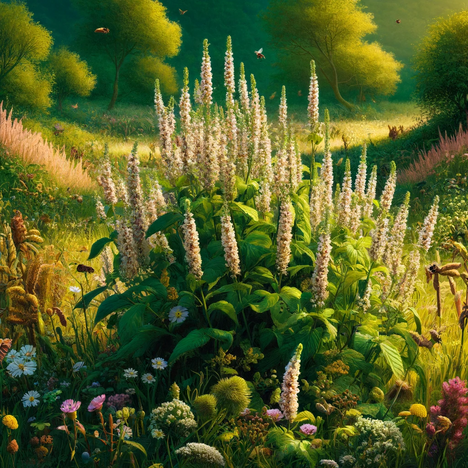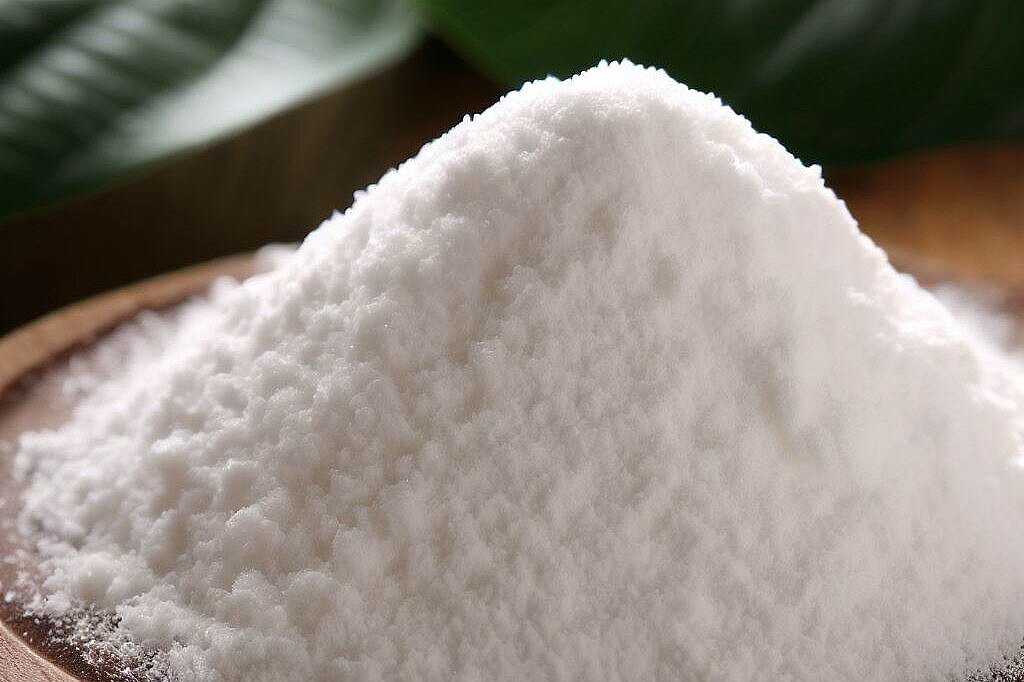Knotweed

Knotweeds, known by the botanical name Polygonum, form a diverse genus of plants that are popular with both garden enthusiasts and landscapers for their attractive flowers, leaves and fast growth. From the picturesque creeping form to tall-growing varieties, the knotweed family offers a wide range of design options for gardens and parks. But what about the safety of our four-legged companions when they come across these plants? In this article, we take a look at knotweed to understand its characteristics, benefits and potential disadvantages for dogs.
What are knotweeds?
Knotweeds(Polygonum) belong to the knotweed family(Polygonaceae) and include a variety of species that differ in size, shape and color. Some species, such as the Japanese knotweed(Fallopia japonica), are known for their invasive growth, while others, such as the ornamental knotweed(Polygonum affine), are more appreciated for their decorative flowers. Knotweeds can be cultivated as ground cover, ornamental shrubs or even as climbers and usually bloom in bright colors ranging from white to pink to intense red.
Advantages of knotweed in the dog garden
Landscape diversity
Knotweeds offer a wide variety of growth forms and colors, making them an excellent choice for creating dynamic and visually appealing gardens. They can enhance areas where dogs play and relax and contribute to a stimulating environment.
Soil stabilization
Some knotweed species, especially the creeping varieties, are effective soil stabilizers. They can help prevent erosion and provide a robust area for dogs to run around.
Disadvantages and potential dangers
Invasive growth
Some knotweed species can be invasive and crowd out native plant species. Their rapid growth requires regular control and management to prevent them from taking over the garden, which means extra work for dog owners.
Toxicity risk
Although not all knotweed species are considered highly toxic to dogs, there are some species that can cause health problems if eaten. Symptoms of potential toxicity can range from mild gastrointestinal discomfort to more serious conditions, depending on the amount consumed and the specific knotweed species.
Important safety tips
- Know the specific species: Find out about the specific species of knotweed in your garden and their potential risks to dogs.
- Supervision and prevention: Supervise your dogs in the garden and take preventative measures to limit access to potentially dangerous plants.
Knotweeds, with their diversity and beauty, offer numerous design options for gardens where dogs live and play. Choosing the right knotweed species and being aware of potential risks is crucial to ensure harmonious coexistence between these plants and our four-legged friends. Through informed selection, careful garden maintenance and vigilant monitoring, dog owners can enjoy the benefits of knotweed without jeopardizing the health and safety of their dogs. Ultimately, balancing aesthetic garden planning with pet ownership responsibilities is the key to a safe and happy home for all residents.
If you notice any signs of hypersensitivity or poisoning in your dog, you should see your vet immediately. We are not a substitute for a vet, but we try to be as accurate as possible. Every dog reacts differently and we recommend you get a second opinion or consult your vet if in doubt.
Stay healthy and take good care of your four-legged friend!😊
Similar to Knotweed
Camphor is a white to yellowish crystal that has a strong, aromatic smell. It belongs to the terpenes, a group of organic compounds found in many plants. Camphor works in various ways: It...
Meadow sorrel(Rumex acetosa) is a widespread herbaceous plant that can be found in meadows, gardens and along roadsides. It is known for its elongated, lush green leaves and small, reddish flowers....
Bird's knotweed, also known by its scientific name Polygonum aviculare, is a plant that can be found almost everywhere in the world. This undemanding plant is characterized by its small, lanceolate...
Water pepper, scientifically known as Persicaria hydropiper, is a plant that is widespread in damp, standing water. With its pungent, almost pepper-like leaves, which give it its name, it is often...

